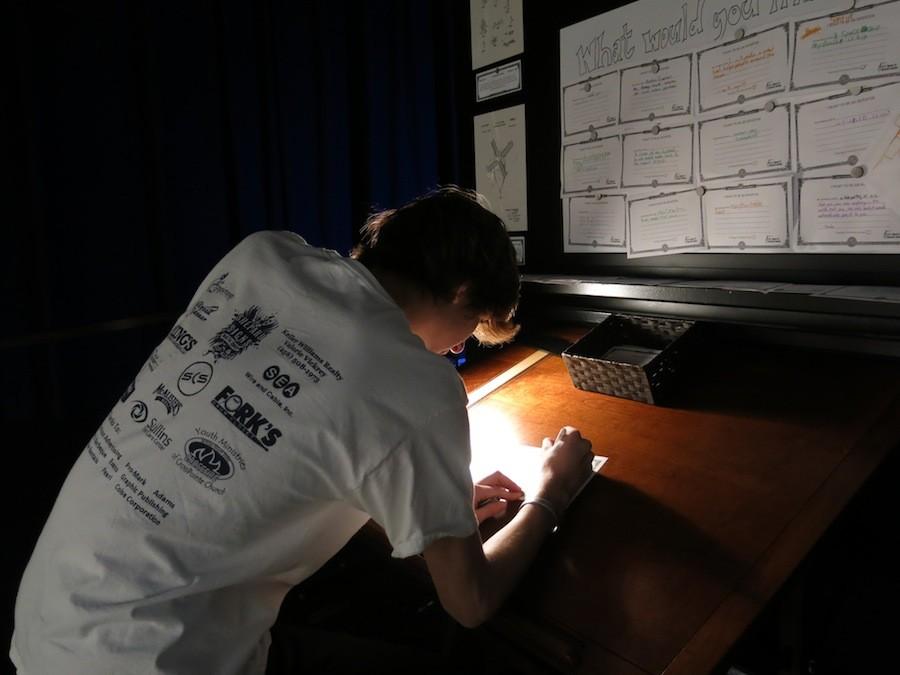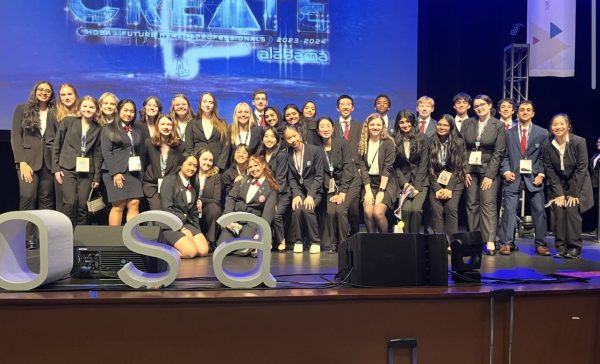101 Inventions that Changed the World: From Paper to Greatness
January 16, 2015
It is located in the homes of children across the world, available in a vast array of colors; it is a studded block capable of forming bonds that last in the hearts of young minds everywhere. Over 2,400 different models of this item are in circulation at this very moment. What is this strange invention? The LEGO. Though not grandiose by today’s standards, this fun toy was quite the hit back in 1958 when Ole Kirk Christiansen created it in Denmark.
Since the time Homo erectus first discovered a way to control fire, the Earth has become a breeding ground for new inventions—many of which we take for granted.
When asked about inventions for which they are most thankful, student answers varied. Michael Burleson, a junior, chose the wheel. “It is the invention that would come to spark the creation of many other inventions.” Junior Sierra Anderson states that plastic comprises much of our modern world. Bobby Williams, sophomore, believes one of the most common inventions taken for granted is electricity. “We can’t live the life we have today without indoor lighting—we could, but it would not be as good as it is today.”
Electricity opened the door for many inventions, such as the computer and Internet, which enabled a vast range of communication across the globe. Mr. Jonathan Wright, history teacher, believes having a knowledge of past inventions, such as electricity, is beneficial in that students are able to “see how far we have come in the last century, even in the last year or so. More than anything, it gives an idea of change.”
Mrs. Cindy Huskey, librarian, views this knowledge of the past as a way to better the future. “There’s been so many inventions—so many cool things—such as the light bulb to the iPad, but we’re not done. Where we’ve come from gives this generation an idea of where they can go to come up with new inventions.”
But what gives rise to life-altering inventions? Mrs. Huskey believes the answer lies with science fiction. In an interview, she made a reference to the novel Ender’s Game, 1985, which mentions a device similar to the iPad. However, at the time, no such device was in existence; Apple did not introduce the iPad to the public until April 3, 2010. With the idea of inventions stemming from science fiction, the possibilities of what can be created are endless. This poses the question: What will the next greatest creation be? Perhaps the new invention idles as scribbles on a student’s notebook, waiting for the opportunity to emerge; or, perhaps the next big thing is on the cusp of creation, however what one is still lacking is motivation.
One solution to this lack of inspiration could be to visit a local exhibit for inspiration. With interactive areas, ranging from child’s-play to historical connoisseur, the 101 Inventions that Changed the World exhibit, now on display at the U.S. Space and Rocket center, proves entertaining for all ages. The exhibit offers onlookers an immersive experience into the timeline of the world’s greatest inventions, stimulating the creative mind. One of the focal points of the display is the 360° cinematic experience, which transports the individual through various points in time where the face of the world as we know it was forever changed. Examples of inventions featured include items such as the GPS, the magnetic recorder, Velcro, and the hard disk—with the list continuing on.
The exhibit will be on display through March 15, 2015 and is included in the normal entry package for the museum. Further viewing times, along with ticketing information can be found on the U.S. Space and Rocket Center’s Website. Who knows, maybe from this exhibit will come the rise of a new invention that will finally make its way from paper to greatness.
If you’re an aspiring engineer or just want to appreciate design, engineering, and history, you should check it out.












